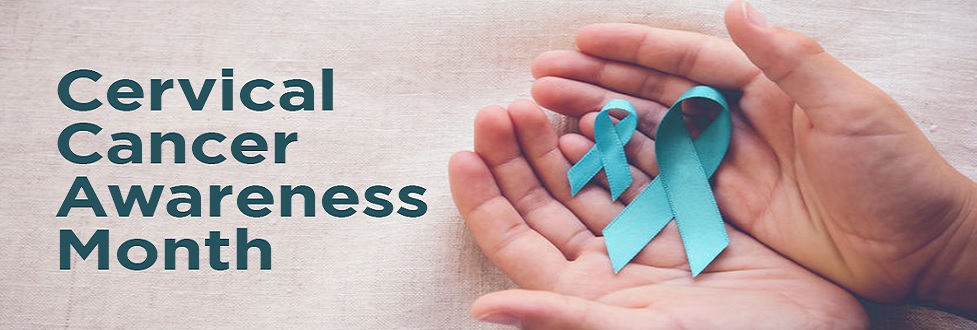Approx 1.2 lakh new cases of cervical cancer are diagnosed every year in India: Dr. Sreya Mallik
3 min read
Kolkata: Cervical cancer is 4th most common cancer in women worldwide and 2nd most common cancer among females in India. In India, approximately 1.2 lakh new cases of cervical cancer are diagnosed every year. Cervical cancer is more common in low and middle income countries where there is lack of access to health care service.

Cervical cancer is completely preventable. Late stage diagnosis, lack of access to quality care increases mortality and morbidity of cervical cancer. It usually affects women of age group of 35-50 years, says Dr. Sreya Mallik, Consultant Medical Oncologist, Karkinos Healthcare Pvt. Ltd.
What is cervical cancer? Cervical cancer starts in the cells of cervix which is the lower part of uterus. It is primarily caused by persistent infection with high-risk strains of human papillomavirus (HPV). Chronic HPV infection leads to cellular abnormalities (dysplasia), then ultimately to pre-invasive and then invasive cancer over several years.
What are the risk factors for cervical cancer?
- Human papillomavirus (Almost all cervical cancer cases (99%) are linked to infection with HPV; HPV 16, 18).
- Poor sexual hygiene.
- Multiple sexual partners.
- Early sexual activity.
- Multiple pregnancies/ abortions.
- Immuno-compromised patients (Co-existing HIV infection).
What are the common symptoms of cervical cancer?
- Vaginal bleeding after intercourse, between periods or after menopause.
- Menstrual bleeding that is heavier and lasts longer than usual.
- Watery, bloody vaginal discharge that may be heavy and have a foul odor.
- Pelvic pain or pain during intercourse.
- Low back pain.
- Generalized weakness, weight loss.
What are the prevention and early detection methods of cervical cancer? The best way to control cervical cancer is to prevent it from developing. This can be done via a combination of HPV vaccination & screening.
Screening: Cervical cancer can be detected in the very early stage or even in the pre-cancerous stage by screening. Screening is the method to detect the cancer before the symptoms appear.
- Routine Screening by PAP Smear or by HPV DNA test in the reproductive age group is helpful for detection of cervical pre-cancerous lesions.
- Screening to detect HPV infection +/- pre-invasive cervical cancer should be offered to all women from age 25-65 years.
- Fully-automated screening for HPV type 16/18 infection is the new standard of care.
- If screening is positive, then Colposcopy is performed in the health centre, where unhealthy areas in the cervix can be visualised and biopsied.
HPV Vaccination: HPV vaccine is highly effective in preventing with HPV types that may cause cancer of cervix.
- HPV vaccines can be administered to both girls and boys.
- HPV vaccine is recommended for individuals between 9 and 26 years old.
- The ideal age for vaccination is before a person is sexually active (before exposure to HPV).
- Women 27-45 years of age can take the vaccine but the vaccine’s efficacy is lower after 26 years.
- Types of vaccine: Cervarix (Bivalent), Gardasil (Quadrivaleent), Gardasil9 (Nonavalent).
What are the treatment options for cervical cancer? Treatment of cervical cancer depends on its stage of presentation.
- If diagnosed at the pre-invasive stage, local treatment like LASER, thermal ablation and cryotherapy, without removal of the uterus are the treatment options available.
- For early stage invasive disease, surgical removal of the uterus (hysterectomy) is an option.
- For locally advanced disease radiotherapy along with chemotherapy is the treatment of choice.
- The cure rate decreases for more advanced disease.



